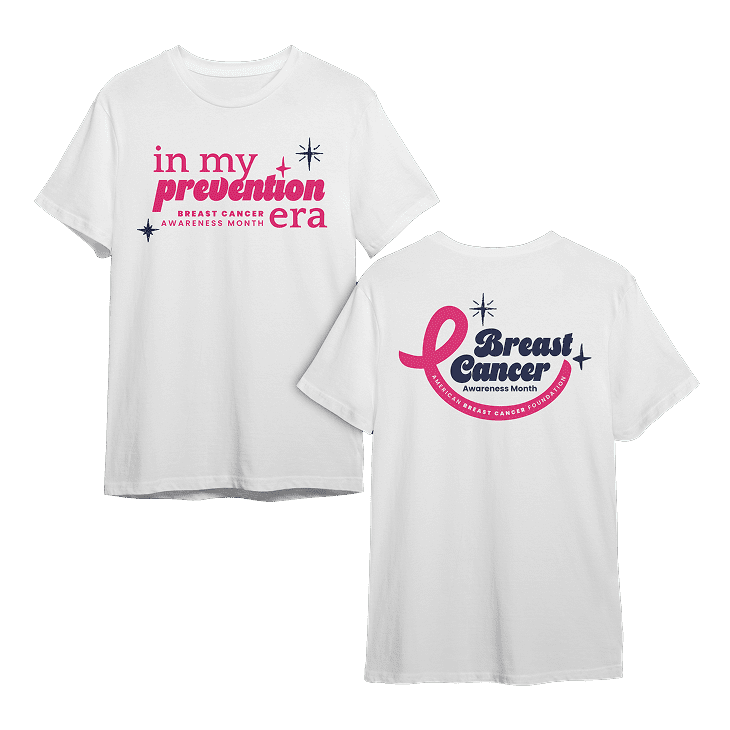
Mammograms Made Easy: Everything You Need to Know
Getting a mammogram can feel overwhelming. Whether it’s your first time or your fiftieth, a little preparation can make the experience easier. Knowing what’s ahead not only reduces anxiety—it can also help your appointment go more smoothly and ensure the results are as accurate as possible.
If you’re unsure where to start, you’re not alone. This guide was made for you—with straightforward advice and real-life tips that take the guesswork out of getting screened. Let’s walk through it together.
What is a Mammogram?
A mammogram is a specialized X-ray that takes detailed images of breast tissue. It’s non-invasive, relatively quick, and uses a low dose of radiation. Its purpose is simple but powerful: to detect breast cancer and other abnormalities early—often before there are any symptoms you can feel or see.
Since their development in the 1960s, mammograms have come a long way. Today, advanced technology like 3D mammography allows providers to spot issues more clearly and reduce the chances of needing follow-up images.
Catching breast cancer early opens the door to more treatment choices, often with fewer side effects and better outcomes. When cancer is found and treated before it spreads, the five-year survival rate is as high as 99%.
Before You Make the Appointment
Finding the Right Facility
Look for a facility that performs mammograms regularly and offers 3D imaging. These centers tend to be better equipped with experienced technologists and newer machines that capture more detailed images using less compression.
Whenever possible, stick with the same facility over time. Having previous images in the same system makes it easier for radiologists to detect small changes that may not be obvious in a one-time scan.
When to Schedule
If you still get a period, try to schedule your mammogram during the week after it starts. That’s when breasts are typically less tender and swollen, making the brief compression easier to tolerate.
As for when to begin screening, the U.S. Preventive Services Task Force (USPSTF) now recommends:
- Starting at age 40 for all women—not just those with higher risk.
- Screening every two years, rather than annually.
- Continuing through age 74.
The USPSTF also highlights that Black women are more likely to be diagnosed with aggressive cancers and face higher mortality rates, which makes early and consistent screening especially critical.
For women with dense breasts, the guidance acknowledges that standard mammograms may be less effective and that supplemental tests like ultrasounds or MRIs might be needed—though more research is still required in this area.
Lastly, there’s a growing awareness of overdiagnosis, where a mammogram detects something that might never cause harm—but overall, the benefit of early detection remains clear. If you have a family history of breast cancer or other risk factors, don’t wait. Bring it up with your provider to create a screening plan that is right for you.
The Day of your Appointment
Bring Your Medical History
Before your appointment, it helps to gather your health background in one place. Bring a list of any medications you’re taking and make sure the facility has access to your previous breast imaging if it’s your first time there.
Past scans—like mammograms, ultrasounds, or biopsies—allow radiologists to compare images over time. That comparison is one of the most effective ways to detect changes early, when they’re often easiest to treat.
Before You Leave the House
A few minor details can make your appointment more comfortable and help avoid delays.
- Wear a two-piece outfit—like a shirt with pants or a skirt—so you’ll only need to undress from the waist up. This may help you feel more at ease in the gown and avoids the need to undress fully.
- Avoid using deodorant, lotion, or perfume under your arms or on your chest the day of your mammogram. These products can show up as white spots on the scan, which may be mistaken for abnormalities and lead to unnecessary follow-ups.
- If you’re concerned about discomfort, consider taking an over-the-counter pain reliever like ibuprofen or acetaminophen an hour before your appointment. While compression lasts just seconds per image, softening any soreness can ease tension and help you stay still during the scan.
- Leave large jewelry at home, especially necklaces or long earrings. You’ll be asked to remove them anyway, and not having to worry about keeping track of valuables adds one less thing to your mental checklist.
What to Expect
When You Arrive
You’ll likely be asked to complete a short form, show your ID and insurance card, and confirm your medical history. Keeping these items handy can help avoid extra waiting and get you settled faster.
Talk to Your Technologist
Before the mammogram begins, take a moment to let the technologist know if:
- You’ve noticed any recent changes in your breasts.
- You’re currently breastfeeding or think you might be pregnant.
- You’ve had implants, prior surgeries, or mobility issues.
- You’re feeling anxious or in pain.
You can also ask for a female technologist if that would make you feel more comfortable during the process—many people do. Clinics will usually try to accommodate this when possible.
Being open with your care team will help them to better support you, which can make your entire experience an easier one.
During the Mammogram
You’ll be asked to undress from the waist up and change into a gown. When it’s time to begin:
- Each breast will be gently placed on a platform and compressed between two plates.
- The compression flattens the breast tissue so the X-ray can get a clearer picture using less radiation.
- You’ll be asked to hold your breath briefly while each image is taken.
- The whole process typically takes 15 minutes or less, with each compression lasting just 10 to 20 seconds.
The sensation might feel odd or slightly uncomfortable, but it’s not harmful—and the more still you are, the fewer repeat images you’ll need. If you feel dizzy or lightheaded, speak up right away. Your technologist is there to help.
After Your Mammogram
Getting Your Results
A radiologist will review your images, and your provider will receive a full report. You’ll also get a written summary in plain language—usually within 30 days, though many facilities provide results sooner through online portals.
If you don’t hear back within 10 days, call your provider or the imaging center. It’s always better to follow up than to assume everything is fine.
If You’re Asked to Come Back
It’s more common than you think—especially for first-time mammograms, when there are no past images for comparison. A callback means more information is needed, not necessarily that something is wrong.
You might be asked to return for another mammogram or additional tests like an ultrasound. Try not to make any assumptions, and keep a positive outlook. Early detection and prevention is the goal, and in many cases, your results will come back as normal, even after additional testing.
Your Screening Checklist
Here’s a quick checklist to keep on hand for your next mammogram:
- Schedule for the right time in your cycle (if applicable).
- Wear a two-piece outfit.
- Skip personal care products on your chest or underarms.
- Bring your ID, insurance card, and medication list.
- Ensure medical records are sent if you’re going to a new facility.
- Share any changes or concerns with your technologist.
- Ask for your results—and follow up if needed.
When you know what to expect and why it matters, the process becomes less intimidating—and a lot more manageable.
You’re Not Alone
Getting a mammogram is a meaningful act of self-care. It’s okay to feel nervous. It’s okay to have questions – and it’s absolutely okay to ask for support along the way.
ABCF is here to make sure you’re not navigating this alone. We believe access to screening should never depend on your income, insurance, or where you live. We’ll help you get the care you deserve.
Need help figuring out your next steps? Explore various resources on our site, such as Mammography 101, our Guide to Breast Cancer, or our Guide to Breast Exams.If you or someone you know needs assistance, ABCF operates a national Breast Cancer Assistance Program for screenings and diagnostic tests for uninsured and underserved individuals. Learn more about our Breast Cancer assistance program here.







